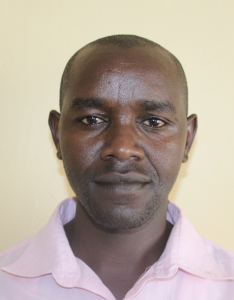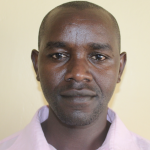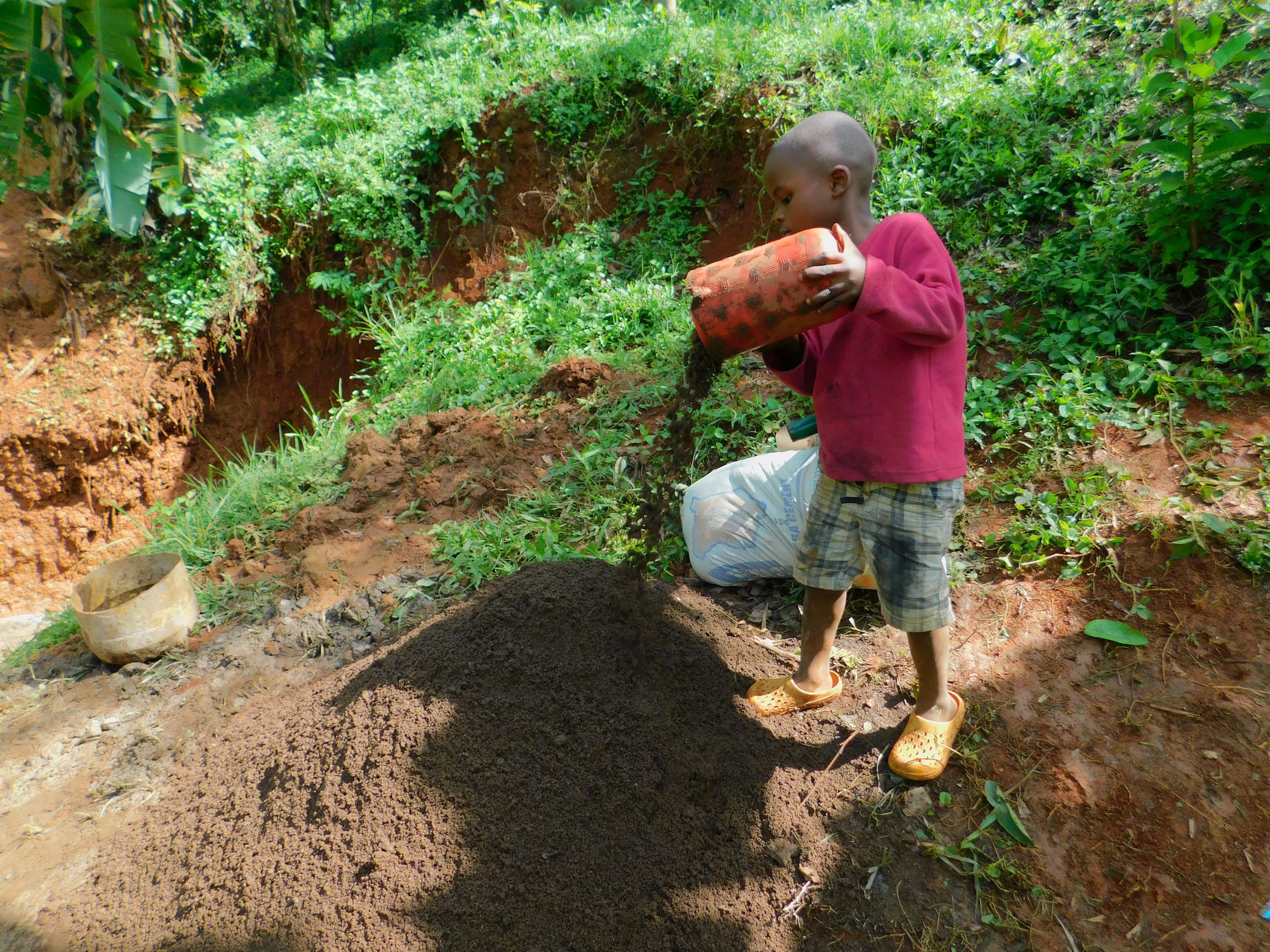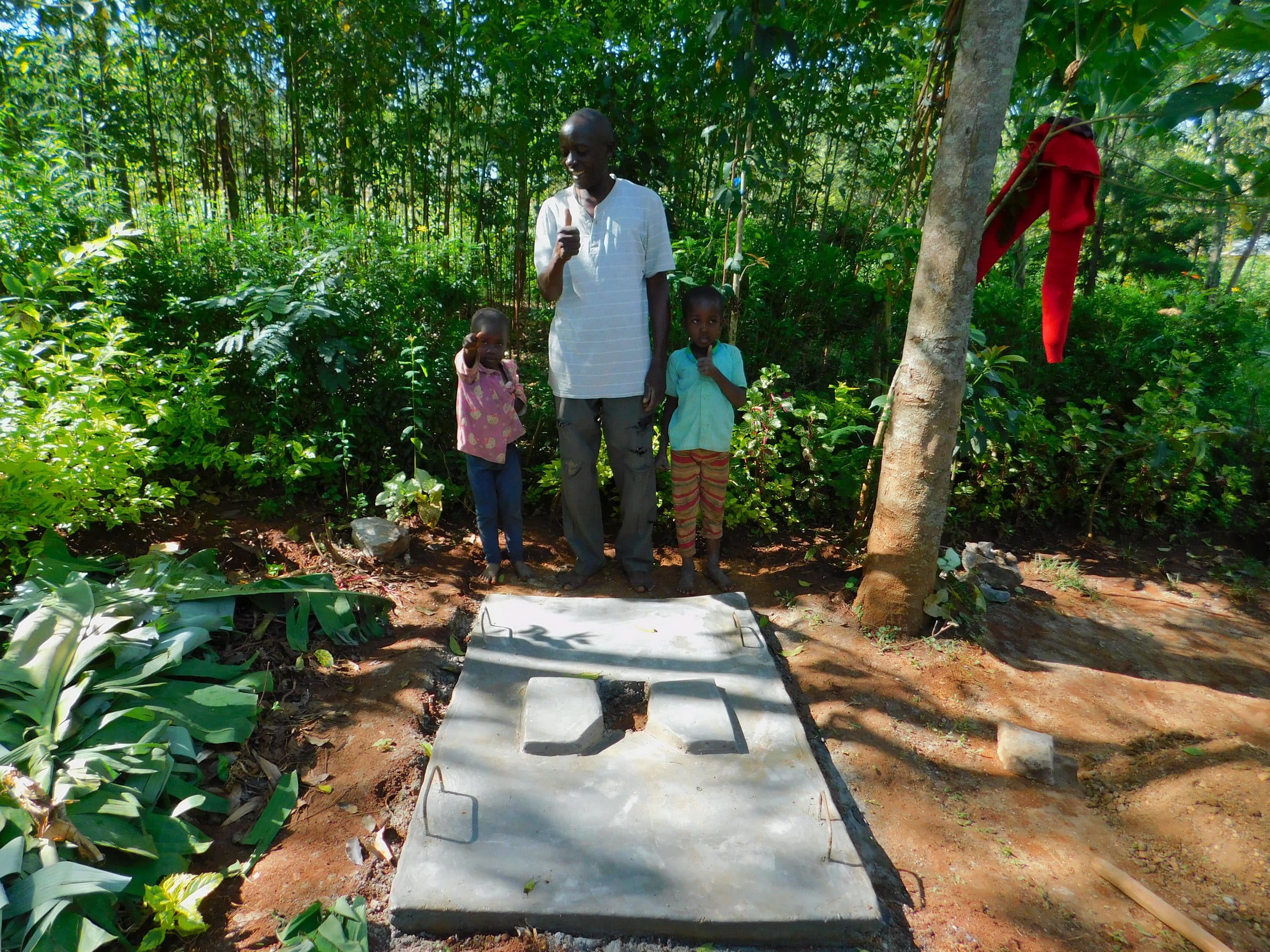John Omusembi Spring is located in Asimuli Village of Vihiga County.
For people in this community, a normal day starts by getting up early in the morning and going to their farms. Many people in this community engage in small-scale dairy farming, poultry keeping, cash crop farming such as small-scale sugar cane plantations, and subsistence farming of vegetables and cereals like maize, beans, and groundnuts.
Throughout the year they are found cultivating their land in preparation for planting or harvesting ready crops from their farms. After which, the harvest is stored for future use. Some of the food is taken to the markets to be sold for money.
Though the income from the sale of these crops is low, the community members prioritize their budgets to meet their daily needs and keep life going.
Water
The improvised spring has been in existence for the last 17 years, according to the landowner Mr. John Omusembi Akunwa. It serves some 240 people. This source has a lot of water, which does not disappear even during extreme droughts or dry spells.
"I used to see how people in my area and mostly my family were struggling to get water from nearby sources which are safe and far to reach. I said, "No I must do something to relieve them," and thus I decided to invent this source," Mr. Akunwa said.
People normally place their containers directly below the pipes and allow water to just flow into the containers. Others use jugs to fetch the water from the improvised pipes and pour them into the containers.
Many people prefer leaving the water in the containers used to fetch the water, to use the water when the need arises. Others have special storage containers placed strategically at various areas within the house like the kitchen for cooking and washing utensils, the bathrooms for bathing, and the sitting room for drinking.
The source is contaminated.
This is because the pipes used to collect the water were fixed manually without laying stones and covering the spring box with a polythene paper to avoid seepage of contaminant during the rainy season.
According to the landowner, the government, through the Ministry of Water and Natural Resources, has supported the protection of some springs in this location but the community has not been able to list their spring as part of the intended projects. With this kind of isolation, the community members feel that their leadership has sidelined them instead of acting equitably in terms of project allocations.
After we identified Lihala Sifoto Spring, word went round that there is a good samaritan around who is concerned with helping those in need. One of the village elders by the name Beatrice Donald directed us to visit the people of John Omusembi Akunwa Spring and found that their spring needs urgent attention to save them of many struggles in accessing safe, clean drinking water.
Sanitation
Sanitation, on the other hand, has always been a big challenge to this community.
We found out that many households have at least one facility that promotes hygiene like a clothesline, a compost pit, or a dish rack. Garbage is left to decompose for some time and later dug up to use as organic manure on the farms.
Many people in this area use latrines made of mud walls, wooden floors, old iron sheet roofs, and doors of varied materials depending on the ability of the owner to acquire the materials. Most people use improvised doors made of old iron sheets and joint timber.
Latrines made of mud walls sometimes become weak and fall, leaving holes in the walls that exposes the privacy of the users. Also, many of this latrines are made of a wooden floor which absorbs urine and starts to rot and break over time — thus injuring the users.
The provision of sanitation platforms will help to improve the status of the sanitation of this community members.
Here’s what we’re going to do about it:
Training
Community members will attend hygiene and sanitation training for at least two days. This training will ensure participants have the knowledge they need about healthy practices and their importance. The facilitator plans to use PHAST (Participatory Hygiene and Sanitation Transformation), CLTS (Community-Led Total Sanitation), ABCD (Asset-Based Community Development), group discussions, handouts, and demonstrations at the spring. One of the most important topics we plan to cover is the handling, storage, and treatment of water. Having a clean water source will be extremely helpful, but it is useless if water gets contaminated by the time it’s consumed. Handwashing will also be a big topic.
Training will also result in the formation of a committee that will oversee operations and maintenance at the spring. They will enforce proper behavior around the spring and delegate tasks that will help preserve the site, such as building a fence and digging proper drainage. The fence will keep out destructive animals, and the drainage will keep the area’s mosquito population at a minimum.
Sanitation Platforms
On the final day of training, participants will select five families that should benefit from new latrine floors.
Training will also inform the community and selected families on what they need to contribute to make this project a success. They must mobilize locally available materials, such as bricks, clean sand, hardcore, and ballast. The five families chosen for sanitation platforms must prepare by sinking a pit for the sanitation platforms to be placed over. All community members must work together to make sure that accommodations and food are always provided for the work teams.
Spring Protection
Protecting the spring will ensure that the water is safe, adequate and secure. Construction will keep surface runoff and other contaminants out of the water. With the community’s high involvement in the process, there should be a good sense of responsibility and ownership for the new clean water source.
Fetching water is predominantly a female role, done by both women and young girls. Protecting the spring and offering training and support will, therefore, help empower the female members of the community by giving them more time and efforts to engage and invest in income-generating activities.

 Protected Spring
Protected Spring
 Rehabilitation Project
Rehabilitation Project










































